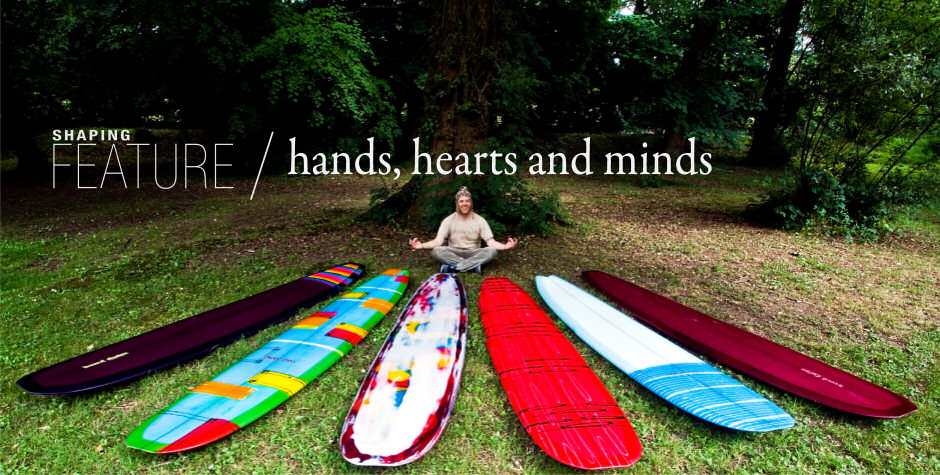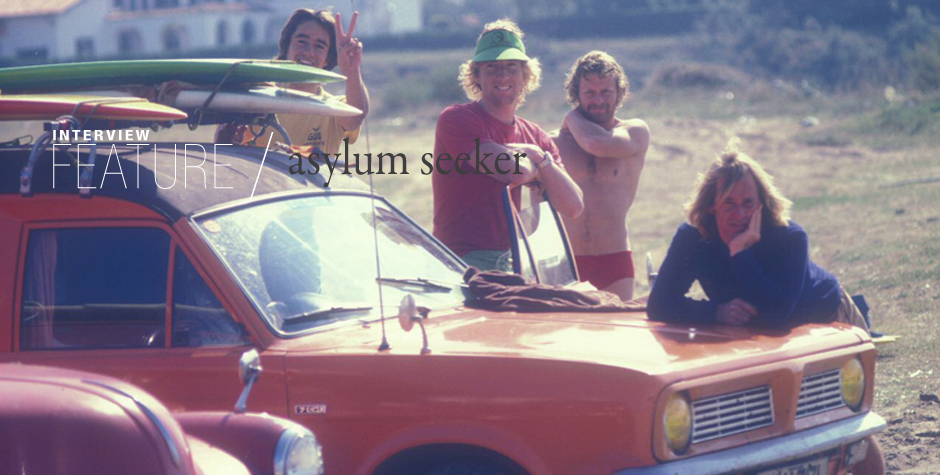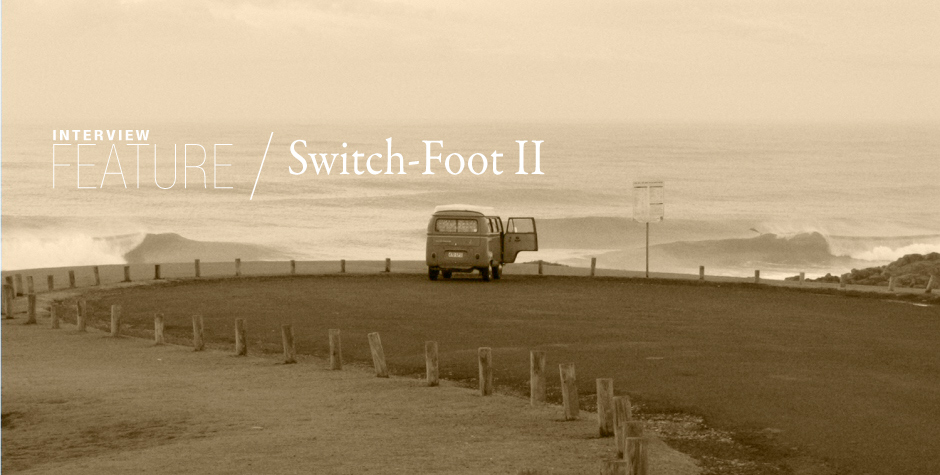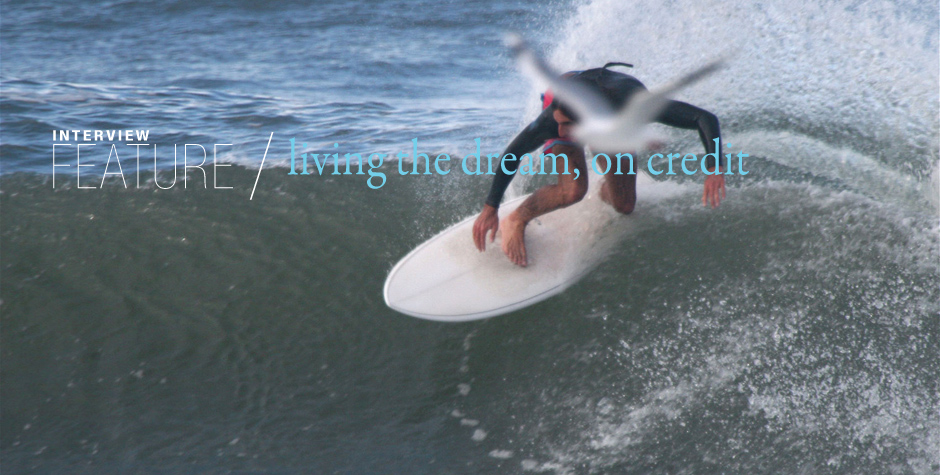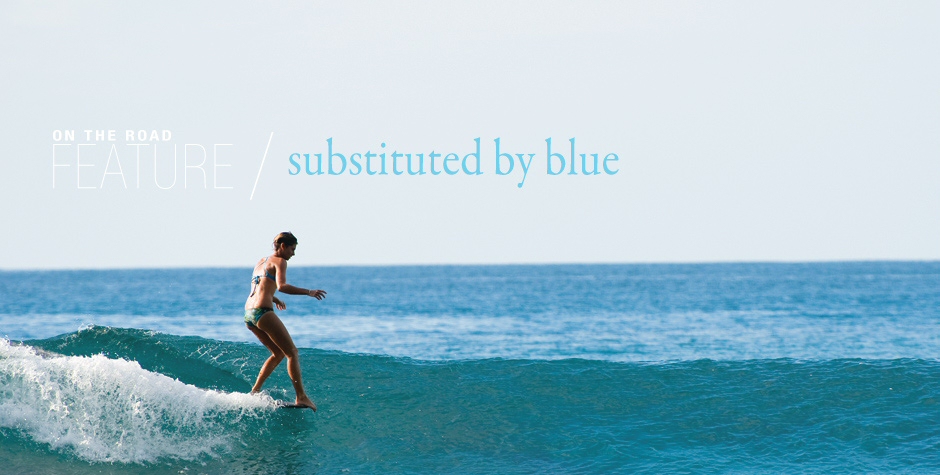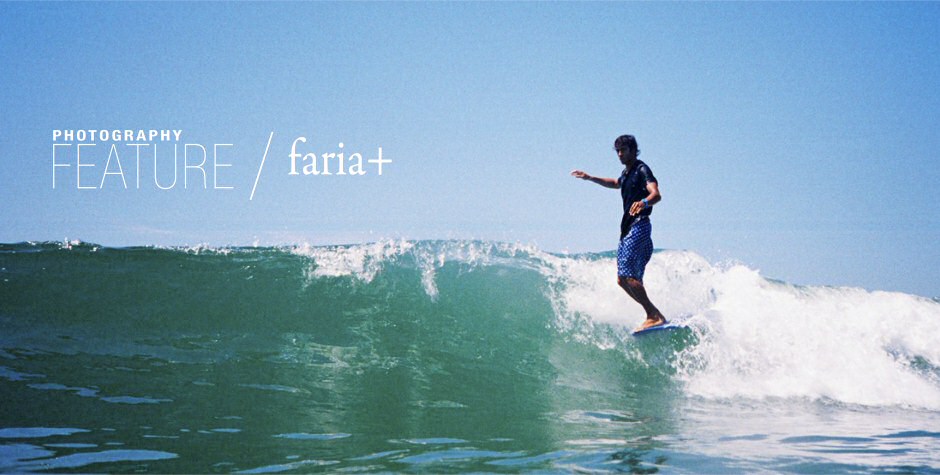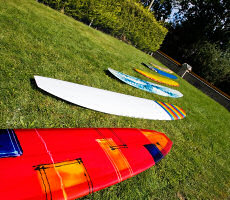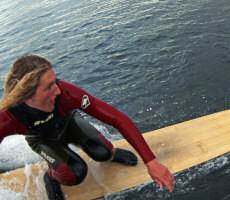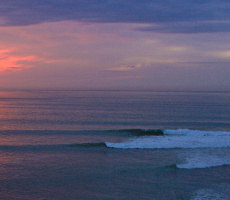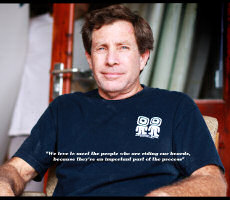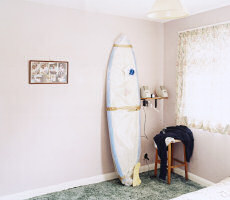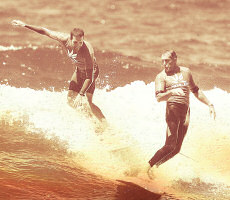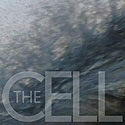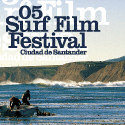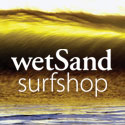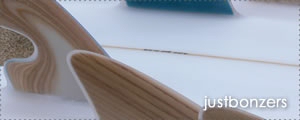Hells Bells… SHARK!!!
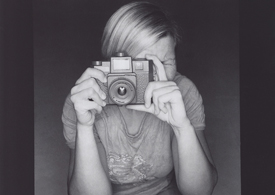 Still striving to improve my surfing I jumped on a plane from Indo to Australia touching down in Melbourne. Buzzing from the Indo experience, I was on a mission to get straight back in the water.
Still striving to improve my surfing I jumped on a plane from Indo to Australia touching down in Melbourne. Buzzing from the Indo experience, I was on a mission to get straight back in the water.
I only had a few days in Oz before flying to Hawaii, so without delay I was on the first bus to Torquay which dropped me right outside ‘Bells Beach’ backpackers. I arrived with only an hour of light left so it was a case of dumping my bag and grabbing a board. I ran down to the beach in my wetsuit stoked at the thought of my first Oz surf experience… and what an experience it was!!
I knew I would not have time to run along to Bells as the light was slipping away so I opted for the closer break of Jan Juc. I spent a couple of minutes watching the waves peel in then dropped down to the beach and paddled straight out… wow I had finally made it! I caught a couple of great waves, holding off on my wave lust… waiting for the third of each set which was bigger and packed more power. I couldn’t help wondering why no one else was in the water… maybe they were scoring an epic session up the road at Bells!? So there I was sitting on my board circling my legs, blissfully enjoying having the waves all to myself when I got this kind of eerie feeling… I’d never really experienced this whilst surfing… you know the feeling that something’s wrong! I looked around and couldn’t really think of a reason. There was just me out there and some guy on the rocks fishing. So in came the set and I took off on the third wave then paddled back to my position. The feeling quickly returned and with that I looked down to see this huge shadow move beneath my board… I thought WHAT WAS THAT… it can’t be anything I’m just imagining it I told myself. Then seconds later it appeared again and again, my eyes were like saucers… hell, get me out of here… SHARK!!! I wasn’t waiting around for the third wave of the set this time… I wanted the first no matter how small as long as it carried me straight to shore. So I lay flat on my board, toes curled tightly onto the back, arms glued to the rails, paddling with my fingertips… I let out a silent EEEEEEEEEEEERRRKK and rode the board on my stomach until its nose hit the sand. I quickly stood on the beach asking myself if this was for real whilst looking for a fin to appear… but it didn’t. I couldn’t believe this had happened to me… maybe it hadn’t… even so why did I wait to see that shadow 3 times before I reacted, I guess I thought maybe it’s a dolphin or something, I’m just glad I didn’t hang around for confirmation!! I made my way along to Bells Beach the next day but that feeling still lingered. I spoke to a couple of local surfers who told me shark attacks were very rare but not unknown. They said the chances are it would have been a curious reef shark. I was heading to Hawaii next and I have to admit I was feeling a little more apprehensive than normal but more about that next time.
I guess as surfers we know there are sharks out there I just didn’t think they would be interested in me. The chance of being killed by a shark is so small apparently that it’s not worth worrying about. Nevertheless since that day I have become fascinated with sharks and soon learned the basics when it comes to avoiding any unwanted attention whilst surfing:
Check one - Don’t go in the water at dusk or dawn… feeding time!
Check two - Don’t surf alone!!
Check three - Don’t surf where people are fishing… throwing bait!!!
Strangely I have since convinced myself that, when it’s my time to go I’m going to be eaten by a shark, which obviously amuses my friends. So I’ve chosen John Williams- Jaws theme as my funeral song and I’m going to have “I told you so” engraved on my headstone. On a more serious note I have since dived with sharks whilst in Oz and I agree that we have little to fear. Sharks should be understood, respected and protected, they are critically important to our oceans and the balance of nature.
The surf here in Tynemouth has been pretty flat over the last couple of weeks so I decided to visit the Outer Hebrides (which was truly amazing, again I’ll tell all in my next blog… or I’ll have no room left for photography).
I 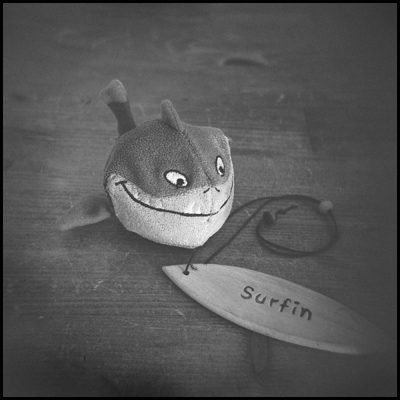 wanted to photograph a still life close up under tungsten lighting at night, which requires a long exposure (with a cable release), so I used a modified Holga 120N for this shot. It’s easy enough to make basic modifications to a Holga, such as adding a cable release for long exposures or fitting a 52mm filter thread then attaching a close up lens.
wanted to photograph a still life close up under tungsten lighting at night, which requires a long exposure (with a cable release), so I used a modified Holga 120N for this shot. It’s easy enough to make basic modifications to a Holga, such as adding a cable release for long exposures or fitting a 52mm filter thread then attaching a close up lens.
So, I needed my Holga (complete with cable release and a 52mm +3 close up lens), tripod, light meter, a roll of Ilford XP2 super 400 black and white film and my living room light. If you feel like giving this a go, simply place your object on a suitable surface, position your tripod and camera at the correct focal distance (in this case 12’’ from the camera) and take a meter reading. If you haven’t used a light meter before, hold it at the subject position and point the meter towards the lens to take your reading. This will read the intensity of the light falling on your subject (which in this case was from a standard light bulb). I used a meter rather than simply pointing and shooting this time because my photo would have been totally underexposed with the available light. Holga’s given Aperture of around f11 and shutter speed of 1/100 sec would not have been adequate this time, I wanted to use the bulb exposure which allows you to hold the shutter open as long as you like.
I set Holga’s focal distance to the portrait image (which would normally focus at roughly 3’) and changed the shutter speed to the B (Bulb) setting. Selecting an aperture of f11 on the light meter, I took a reading. The result= 5 seconds at f11. A shutter speed of less than around 1/60 sec would blur my image if the camera was handheld (due to camera shake), that’s why I used a tripod and cable release. I pointed Holga in the direction of my Shark asking him to smile, opened the shutter with my cable, releasing after 5 seconds. The B&W film (Ilford XP2) I used can be developed at the majority of labs, as it is processed in C41 chemicals the same as colour negatives.
If you are new to photography I recommend that you understand how Aperture and shutter speed determine your exposure. Aperture or f-stops (e.g. f8, f11 etc) are mainly used to control depth of field (what is in focus), whilst the shutter speed is used to freeze or blur movement (e.g. 1/125 sec or 2 seconds etc). Aperture measures how wide the lens opens when you press the button and shutter speed determines how long the shutter stays open. This may not sound logical but a small f-stop number lets in a large amount of light (E.g. f2.8, f5.6 etc) whilst a large f-stop lets in a small amount of light (e.g. f16 or f22). Shutter speeds are easier to understand, as slow shutter speeds allow a large amount of light and faster shutter speeds allow a small amount of light. Basically, the combination of these two settings effects the amount of light that reaches the camera sensor which= Exposure. If your photo is too dark it is underexposed as you haven’t let enough light in, when there is too much light it is overexposed.
I appreciate that this may be a little heavy and no fun for some. If so… live for the moment and say bye bye to the tripod etc, grab Holga, turn on her flash and hey presto you have light. Better still jump in the water with a Frogeye point and shoot camera… I just wouldn’t recommend using your flash around sharks!
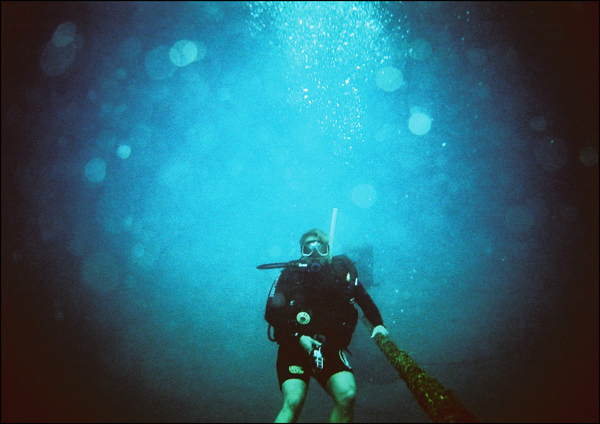 Frogeye, Fuji Sensia 400 slide film cross processed.
Frogeye, Fuji Sensia 400 slide film cross processed.
